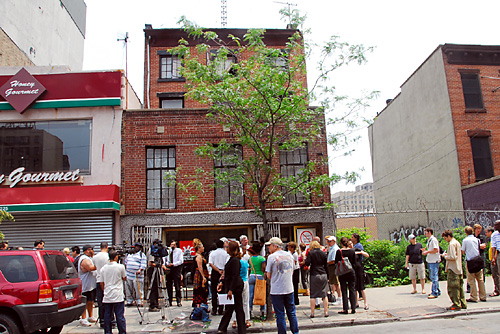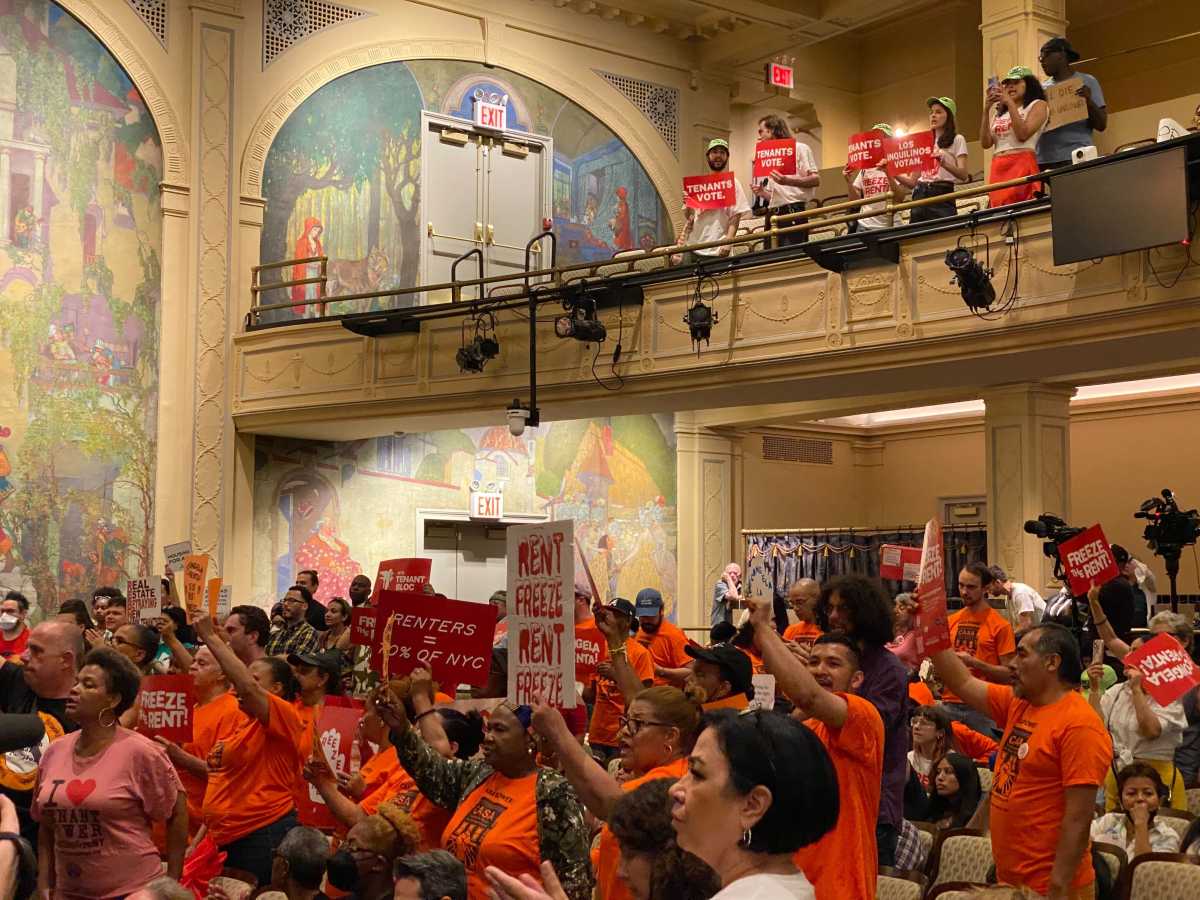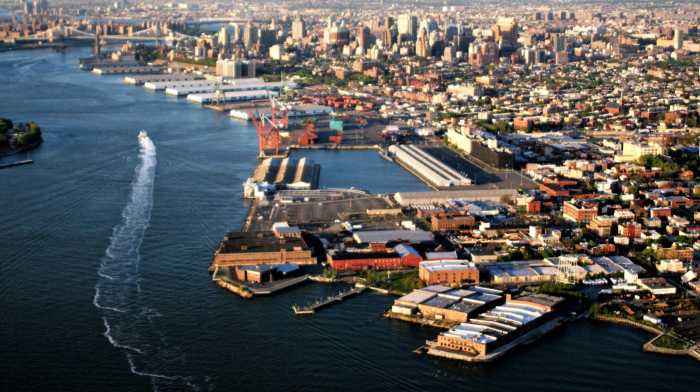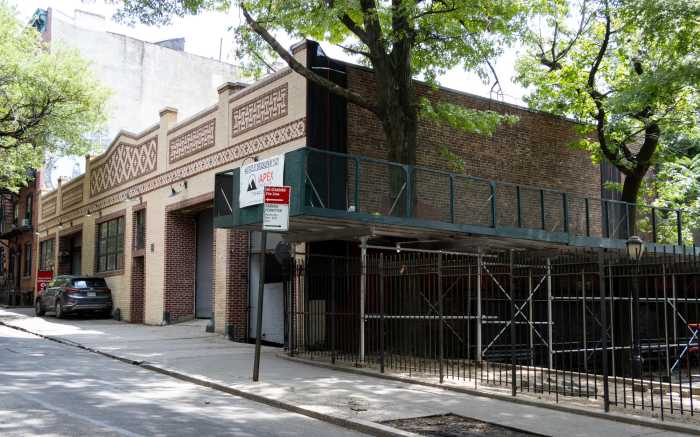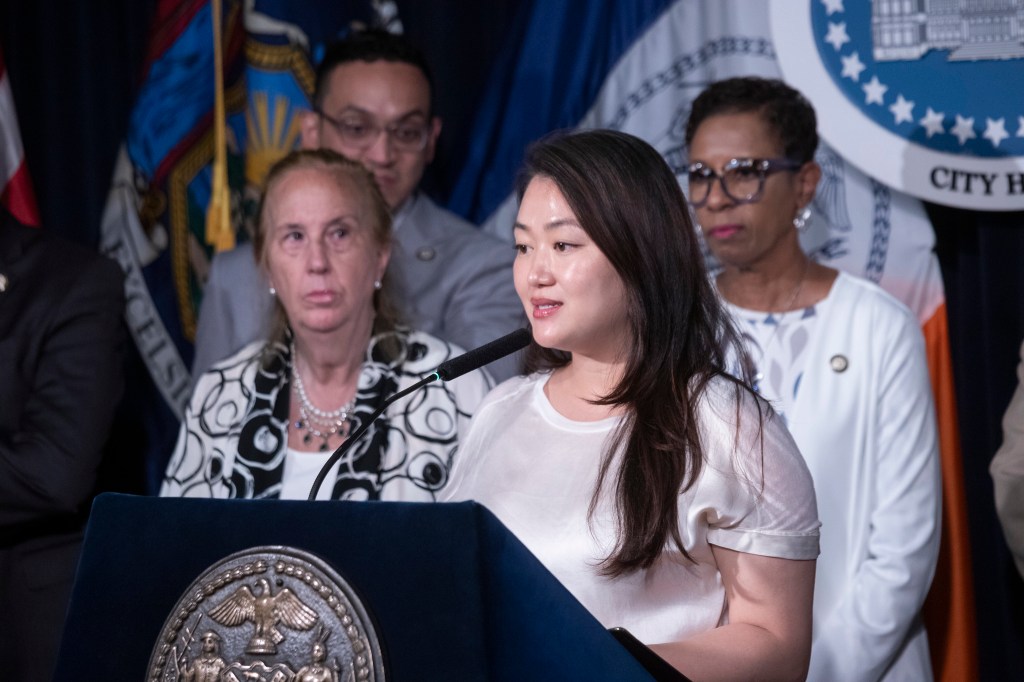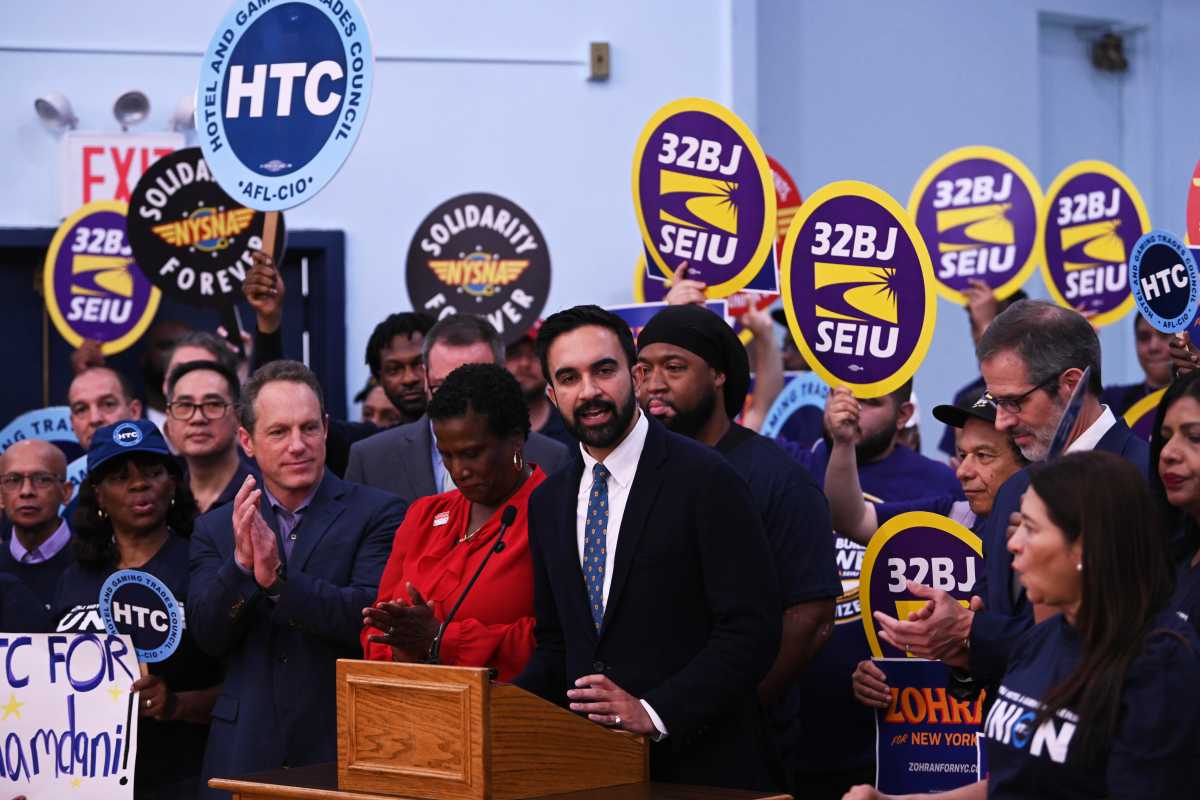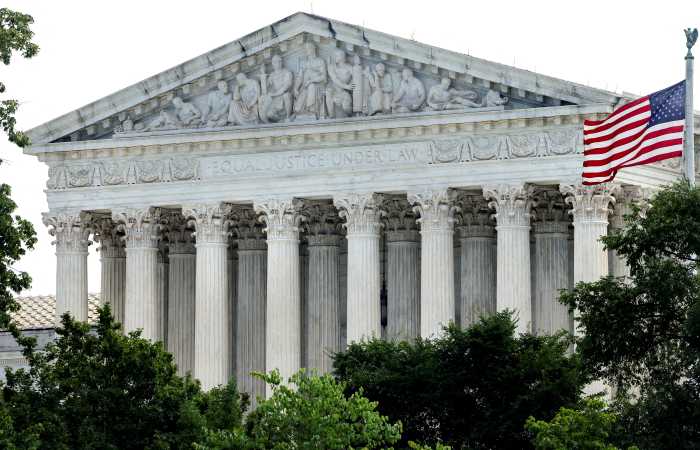A city-funded report that denies any Underground Railroad activity along Duffield Street isn’t worth the paper it’s printed on, said a handful of historians, Councilmembers and ticked off residents at a rally on Tuesday.
The report, issued in April by an outside consulting firm, said that 227 Duffield St., as well as neighboring buildings, was not used to spirit 19th-century slaves to freedom. The $500,000 report allowed the city to clear one hurdle on its plan to seize the land and turn it over to a developer, who will build a park and an underground parking lot.
The lot and greenspace is a critical piece of the city’s Downtown Brooklyn redevelopment plan, which passed the City Council unanimously in 2004.
“The plan … is the result of a several-years long community-based planning and visioning process that culminated in 2004 when the City Council overwhelmingly approved the plan,” Joe Chan, president of the Downtown Brooklyn Partnership, which is backing the condemnations, said in a statement this week.
Activists bent on saving the historic houses say the city and the Downtown Brooklyn Partnership are simply trying to hide the inconvenient truth of Duffield Street’s Abolitionist history, and called the report by the AKRF consulting team a politically and racially motivated sham.
“It would be a terrible shame to tear these buildings down,” said Jim Driscoll, president of the Queens Historical Society. “There needs to be more research, an archaeological study.”
Driscoll was a peer reviewer of the AKRF report and disagreed with its findings.
Archaeologist Cheryl Janifer LaRoche, who also reviewed the report, said there is “overwhelming evidence … of Abolitionist activity” by former landowners on Duffield Street owners. She urged the city to reconsider the report.
Councilmembers John Liu (D–Queens) and Letitia James (D–Fort Greene) said the report failed to take proper oral histories of abolitionist activity along Duffield Street, and failed to ask the state Historic Preservation office for an opinion on the site.
“That report is flawed,” said Liu. “Garbage in, garbage out. [It is so flawed that] it requires all of us to demand that the city not tear these buildings down.”
The rally outside 227 Duffield St. was held on Juneteenth — the annual celebration commemorating June 19, 1865, when word of the then-two-and-a-half-year-old Emancipation Proclamation finally reached Texas.
Simeon Bankoff, executive director of the Historic District Council, said the timing was not an accident.
“The people who lived here fought for human dignity and freedom,” said Bankoff, who called the plan to tear down the houses for a parking lot “beyond reprehensible.”
But Chan strongly disagreed.
“Willoughby Square has always been the centerpiece of the [Downtown Brooklyn] Plan, and is an important incentive to attract private investment,” Chan said in a statement. “The city’s commitment … has led to the planned development of 500 new hotel rooms, 1,000 units of mixed-income housing, more than 500,000 square feet of retail space and at least 125,000 square feet of new office space. We expect nearly 3,000 construction jobs and 1,200 permanent jobs as a result.”
Chan’s statement did not directly address the historians’ arguments — but it did reject the notion that the city should refrain from condemning the properties via eminent domain.
“Acquisition of property is critical and necessary for Willoughby Square to move forward,” he said. “Without Willoughby Square, much of this new investment, and therefore businesses, jobs and housing, will not happen.”


